Archer Aviation, developer of the Midnight electric vertical takeoff and land (eVTOL) aircraft, has announced an infrastructure memorandum of understanding (MoU) with FBO chain Signature Flight Support. Under the agreement, Archer would secure takeoff and landing sites for its aircraft at more than 200 Signature locations, many located in major metropolitan areas, including New York-area Newark (New Jersey) International and Chicago O’Hare Airports. The first electrification sites are expected to enter service as early as next year.
Archer would contribute the leverage of its collaborative agreement with BETA Technologies and its interoperable rapid charging devices. The systems can charge not only eVTOL aircraft, but also electronic cars, buses, tugs and other airport vehicles. BETA Technologies systems have already been installed at more than 20 airports in the U.S., with another 50 sites in development. The systems are compatible with “leading original equipment manufacturers (OEMs)” and were recently endorsed by the General Aviation Manufacturers Association (GAMA), according to Archer.
Bryan Bernhard, Archer’s chief growth and infrastructure officer, said, “This partnership will help us establish a robust network of landing sites across the country to enable the scaling of our air taxi service, ensuring our Midnight aircraft can seamlessly integrate into urban environments and provide a reliable transportation solution for our passengers.” Derek DeCross, Signature’s chief commercial officer, said the collaboration “unlocks new possibilities in the design and introduction of innovative sustainable aviation solutions while also bringing our guests greater access to the future of urban air mobility via Archer’s Midnight aircraft.”


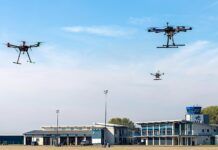

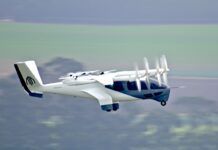
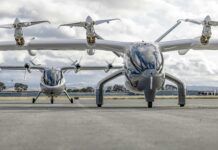
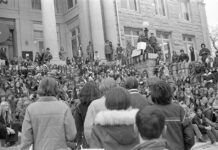


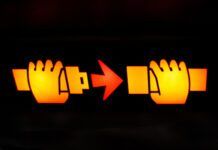
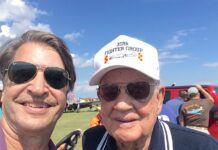


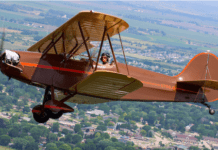

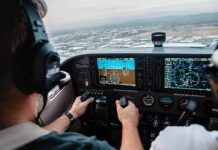

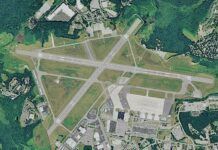








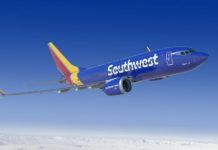






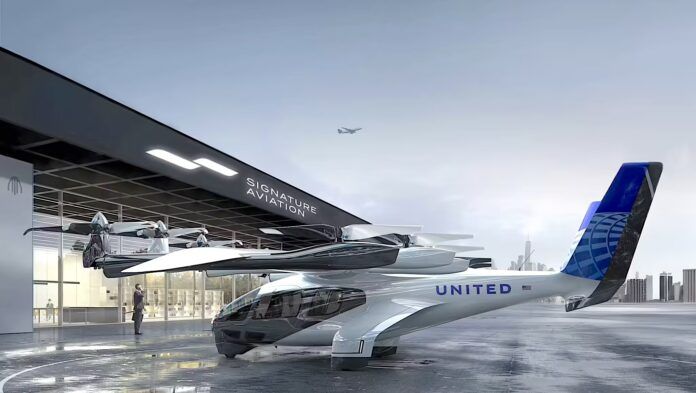
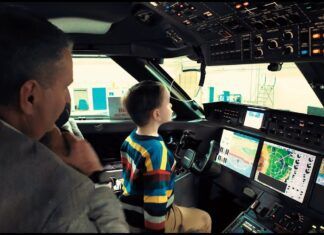
What are the “current” requirement for theses aircraft? What is their turn around time? How long to charge and in what location on the ramp will that take place? How many can charge at a time? Who pays for this infrastructure? and other looming questions.
Don’t sour the fantasy by asking sooo many questions… it’s just ‘Magic’.
i haven’t heard that this magic airplane has even received an airworthiness certificate. am i missing something?
Love him or hate him, one reason why Tesla has been so successful in selling electric cars is because Elon Musk insisted on rolling out the charge station network while his cars were still in development and early production. That way, when a person bought a Tesla, they knew where they could charge it along any intended route of travel. Other car companies have had issues setting up their charge stations using different plugs and charge systems because they went for car production before they had a decent network of charge stations in place. Now, almost all companies have agreed to standardize on the Tesla plug design to have access to his station network. It appears that Archer is following his lead and getting the network in place before a large scale rollout of their aircraft. It will be interesting to see if they succeed, but at least they appear to be on the right track.
It is great to provide charging for EVTOL aircraft, but what about air traffic control in high density traffic cities? The glowing descriptions of the companies developing the aircraft never include anything about this subject.
As a former fixed wing commuter pilot that used to operate in and out of the NY metroplex, including down the Hudson VFR corridor, the mix of slower FW and high speed RW traffic in congested airspace is nothing new. And that was before all of today’s TCAS gear was ubiquitous. It can be done as long as FAA can continue to recruit quality ATC folks. The big difference with the EVSTOLs is their ability to transition FW to RW and back again on demand. With their doppler auto-hover, they can be “parked” at a point in space in case of a traffic conflict. Brave new world.
So, how will the new (conceptual) world of EVTOL passenger transportation conceptually integrate with the upcoming crackdown on scheduled charter?
In the business world of large companies that I work in MOU’s (memorandums of understanding) and LOI’s (letters of intent) are documents that you draw up between two or more companies to make it look like there is something is going on when in fact their is very little. Generally viewed as a PR stunt and usually non-binding.
BINGO!